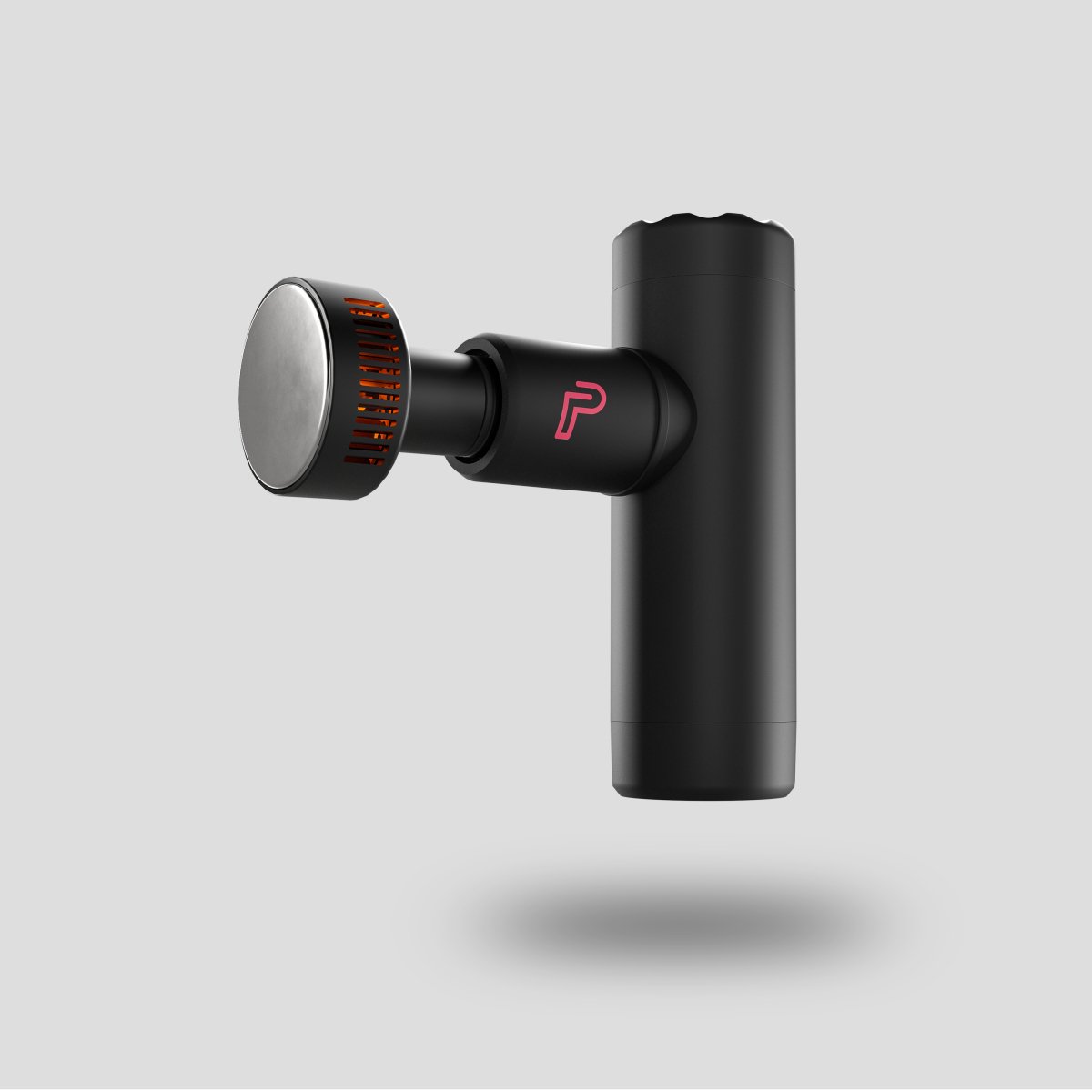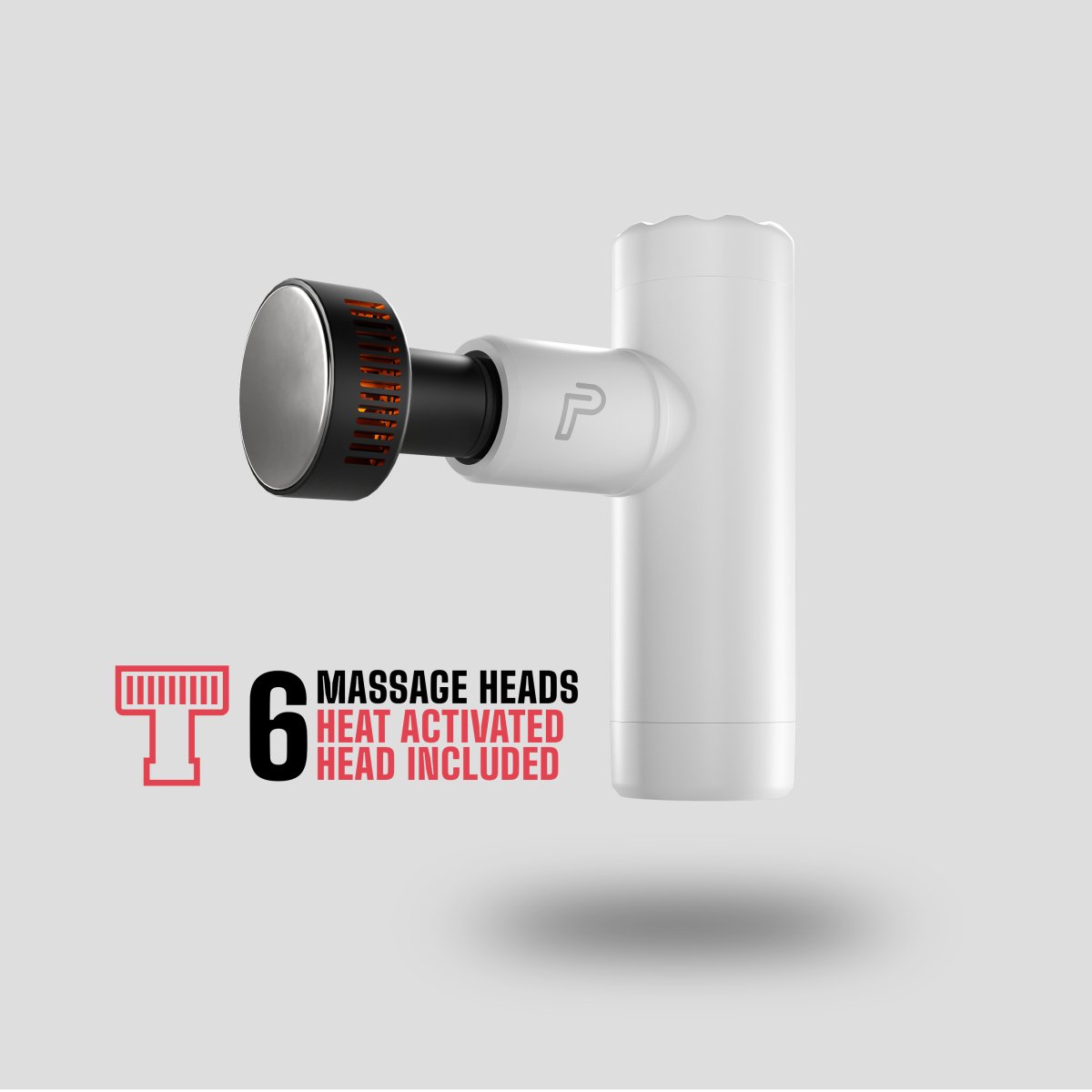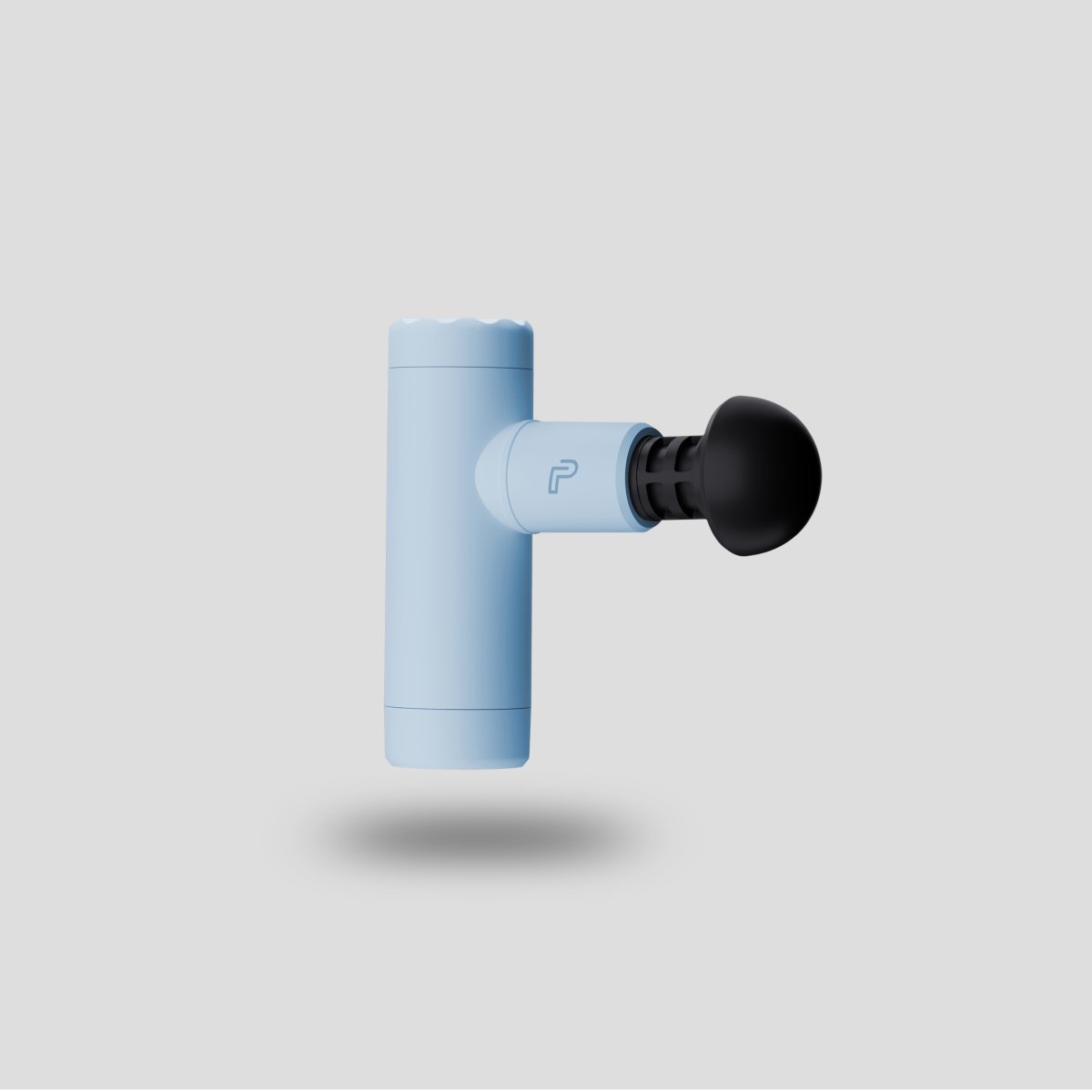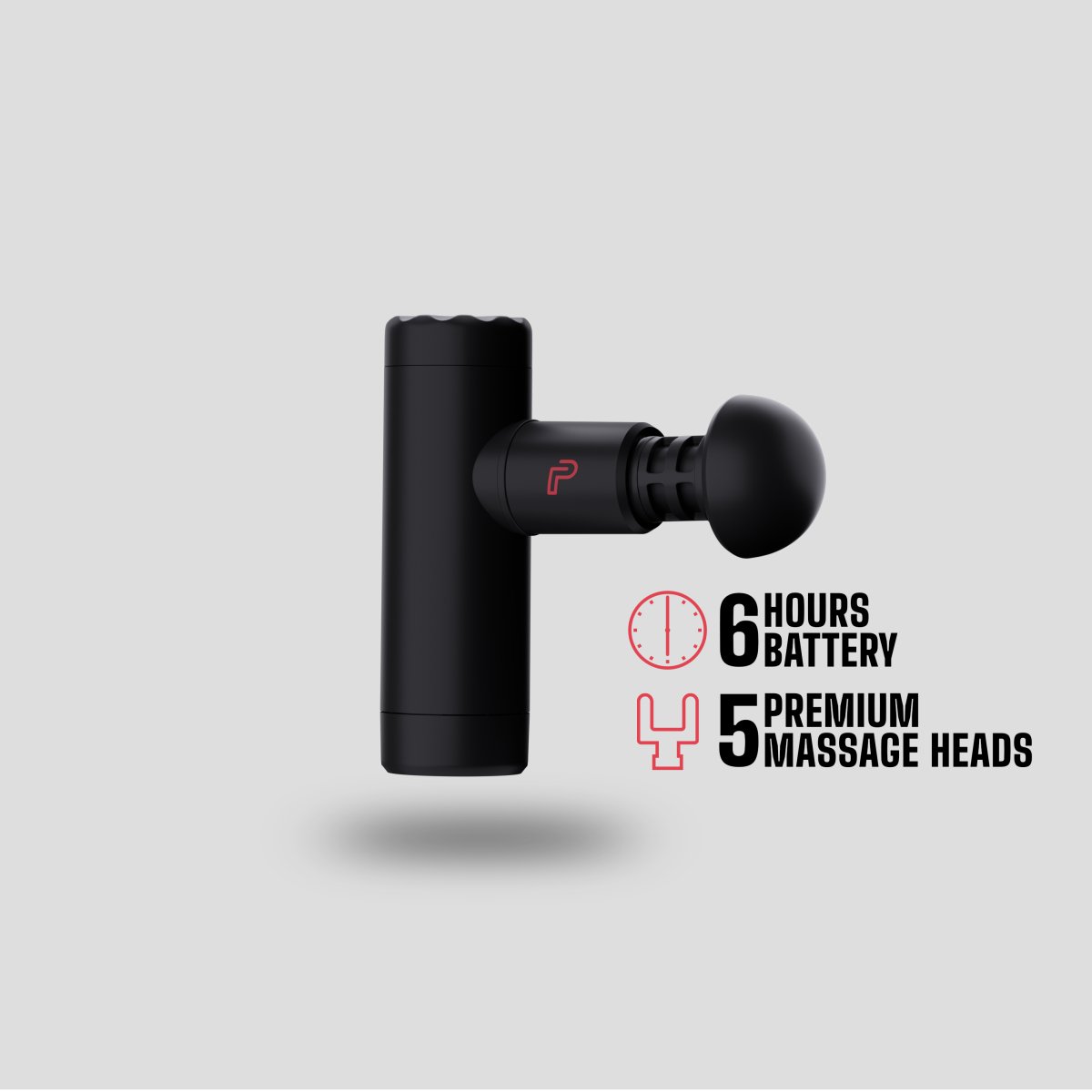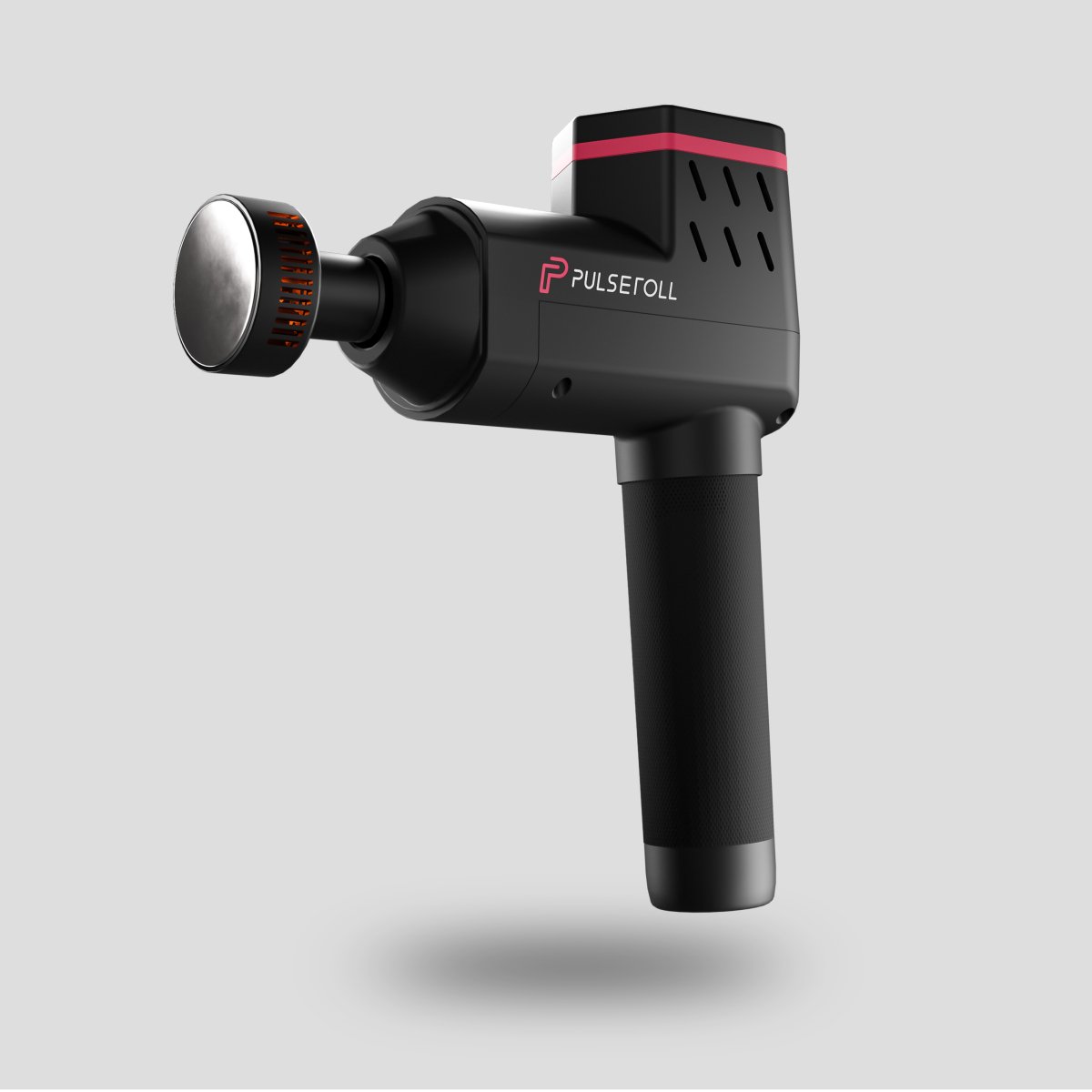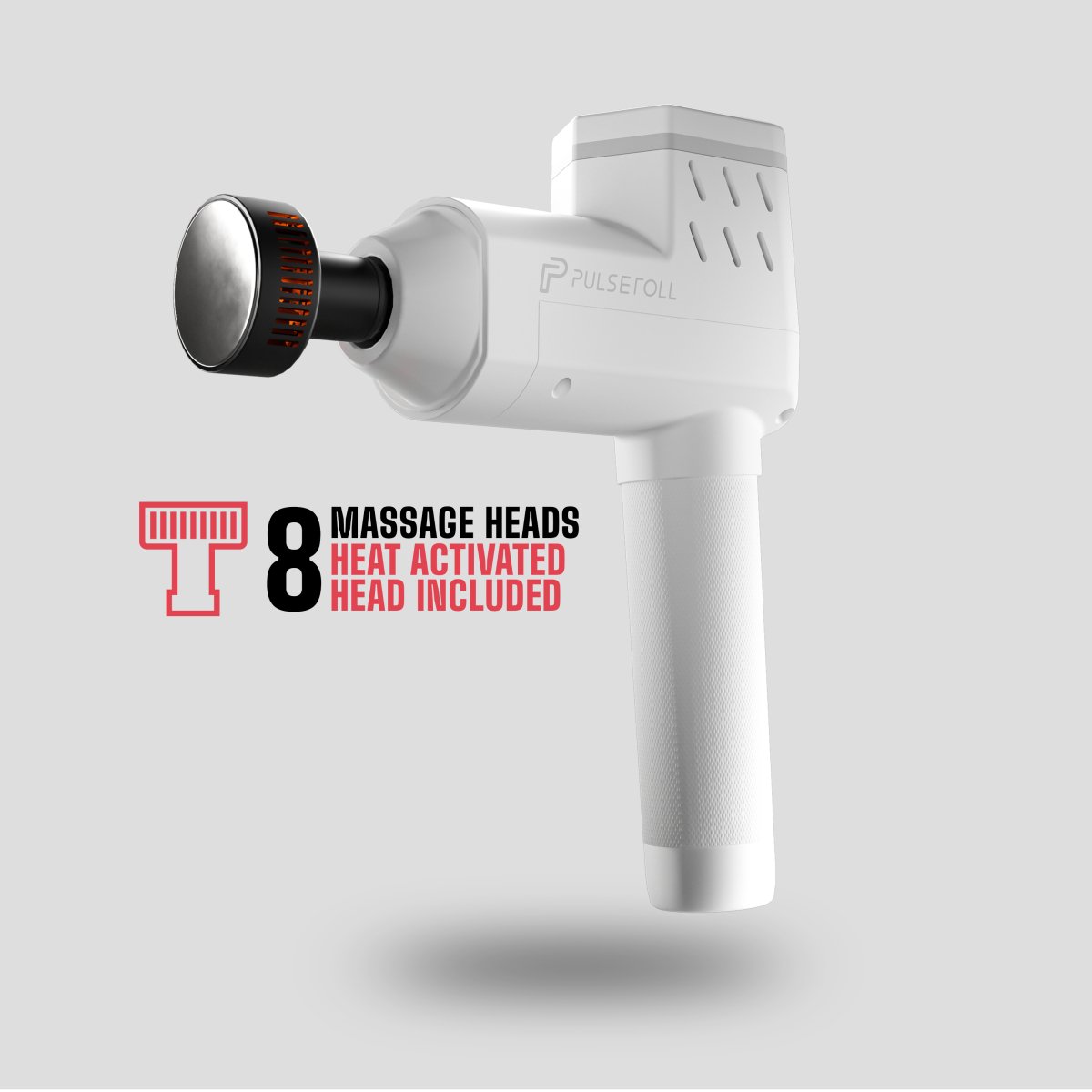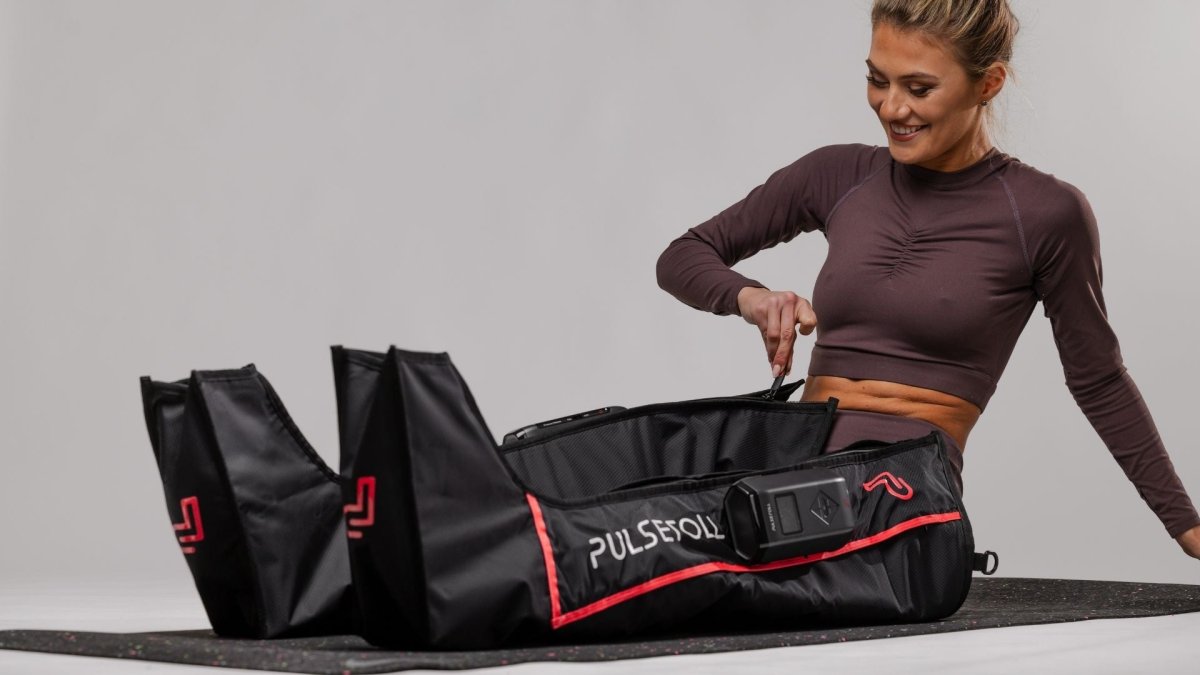Running carries a high potential for injuries, which can be incredibly frustrating, especially when you need to have time off and your progress slows, or you feel like you are going backward.
Injuries such as hamstring strain, plantar fasciitis, and twists and sprains are all too common, but they’re not inevitable.
If you take the proper measures to recover and avoid common mistakes, you can prevent injury and progress faster than you ever imagined possible!
Here are the top 10 mistakes people make and how to avoid them.
1. Wearing The Wrong Footwear
In general, you don’t need a lot of gear to run, which is one of the things that makes it such a great exercise. You can do it no matter where you are!
However, if you want to run regularly and avoid injury, you should have a good pair of running shoes. Specialist shops will match you with shoes that fit your pronation and provide you with the support you need. You should also regularly replace your running shoes when they become worn.
2. Stopping Straight After a Run
After a hard run, where you’ve really pushed your limits, you may be tempted to collapse onto the couch. However, you should never come to a quick stop after running. Instead, you must give your body a chance to cool down.
If you suddenly stop, your body won’t be able to effectively shift metabolic waste or move nutrient-rich blood to your muscles to help them heal. Instead, your muscles could become stiff and sore.
Following a run, you should slow down gradually and finish with a five-minute walk before you move on with the rest of your day.
Warming up your muscles before a run is equally as important. You should therefore begin your run with a five-minute walk as well. That may seem boring to the running fanatics out there but trust us, it’s necessary.
3. Failing to Stretch
After your cool-down walk, it’s time to stretch. After exercise, your muscles are warm and more elastic, making them ideal for stretching. Remember to breathe deeply when performing a stretch to reap the most benefits. (1)
Just a couple of minutes of stretching will help to keep your muscles flexible, preventing injury and keeping you mobile.
You only need to spend about 15 to 30 seconds in each stretch and take it easy, especially if you ran for more than an hour. If your muscles are too tired, you could damage your muscles by trying to stretch too deeply.
4. Not using a Massage Gun or a Foam Roller
There are amazing tools at your disposal that can speed up your recovery and improve your progress. If you’re not using one, you could be seriously limiting yourself.
Both massage guns and foam rollers provide massage and myofascial release, which are the best ways to speed up recovery, relieve muscle tension, and increase relaxation. (2)
The Pro Massage Gun uses percussion therapy to deliver powerful, targeted pulses to muscles, which improves blood flow, releases lactic acid, and speeds up recovery. The Pro Massage gun comes with six different attachments, and four speeds, which makes it highly customisable to suit your needs.
A massage gun is the way to go if you have specific tension areas, such as calves or hamstrings and want deep release. Alternatively, for general massage, you could consider our Vibrating Foam Roller.
While a foam roller can’t target specific areas, it does increase oxygenated blood flow and improves muscle recovery. Either of these tools will reduce the risk of injury and improve muscle performance when used regularly.

5. Not Drinking Enough Water
After exercise, it’s essential that you rehydrate. Your body needs water to remove metabolic waste and work optimally. By drinking enough water, you ensure that your body can supply your muscles with the nutrients and oxygen it needs to recover.
In fact, you should continue to hydrate for two hours after running. However, too much water could deplete your sodium stores.
According to The American Council on Exercise, you should drink 15-24 ounces for every pound of weight lost during exercise. This involves weighing yourself before and after exercise.
6. Not Eating the Right Food
After a run, you might be tempted to treat yourself to a sugary drink or chocolate bar. However, replenishing your body with the right foods after a run is essential to recovery.
There are three things to consider: protein, glycogen, and electrolytes.
- Protein: Your body needs protein to repair and build muscle. Experts suggest 0.14-0.23 grams of protein per pound of body weight. A high-quality protein drink can help you to reach this goal.
- Glycogen: Unless you’re on a ketogenic diet, your body uses glycogen as fuel. When you work out, your glycogen stores are depleted, and you need to replace them if you want to have the energy to work out again. Glycogen is a form of sugar, and healthy sources include fruits, vegetables, and whole grains. Experts recommend a ratio of carbs: protein, 3:1.
- Electrolytes: Endurance running depletes electrolytes. If you’ve run for more than an hour, you must replace them, or you could experience serious cramps and even respiratory stress. Healthy sources include electrolyte water, coconut water, fruits, vegetables, and seeds.
7. Bad Sleeping Habits
Sleep gives your body the chance to heal, so if you’re not getting sufficient sleep, your body will not be able to recover as quickly as possible. The majority of muscle building also happens during sleep, especially during REM and deep sleep. (3)
Even if you’re spending the recommended 8 hours a night asleep, are you getting enough high-quality sleep? Many things can affect the quality of your sleep, including alcohol, caffeine, blue light from screens before bed, the temperature of your room, and more. Optimising your sleep by developing healthy sleep habits is key to recovery.

8. Never Giving Your Body Time to Rest
Your body needs rest days in order to recover. It may be bad news if you need a run in the morning to get yourself going, but if you run every day, you will not progress as quickly and will risk injury.
Instead, you should be taking at least two rest days a week. That doesn’t mean sitting on the couch and watching TV all day, in fact, active rest is the most beneficial. You could go for a short walk, or practice some light yoga, just avoid anything too taxing on your body.
9. Not listening to your body.
If you want to keep running for years to come, you must listen to your body and make adjustments when needed. If it takes you a very long time to recover from the session, then maybe you went at it too hard. If you’re injured and need to rest for a week or longer, make sure you do it!
10. Not Tracking Your Progress
Tracking your progress keeps you motivated because you want to keep seeing those stats improve. But its benefits don’t end there; you can also use your progress to optimise your recovery routine. If your progress stops or goes backward, then you know that you need to change something. Top athletes experiment and find what works for them.
References
- Andersen J. C. (2005). Stretching before and after exercise: effect on muscle soreness and injury risk. Journal of athletic training, 40(3), 218–220.
- Cheatham SW, Kolber MJ, Cain M, Lee M. The effects of self-myofascial release using a foam roll or roller massager on joint range of motion, muscle recovery, and performance: A Systematic Review. Int J Sports Phys Ther. 2015;10(6):827-838.
- Jason A. Bennie, Susanne Tittlbach, Muscle-strengthening exercise and sleep quality among a nationally representative sample of 23,635 German adults, Preventive Medicine Reports, Volume 20, 2020, 101250, ISSN 2211-3355






